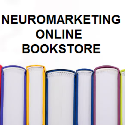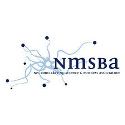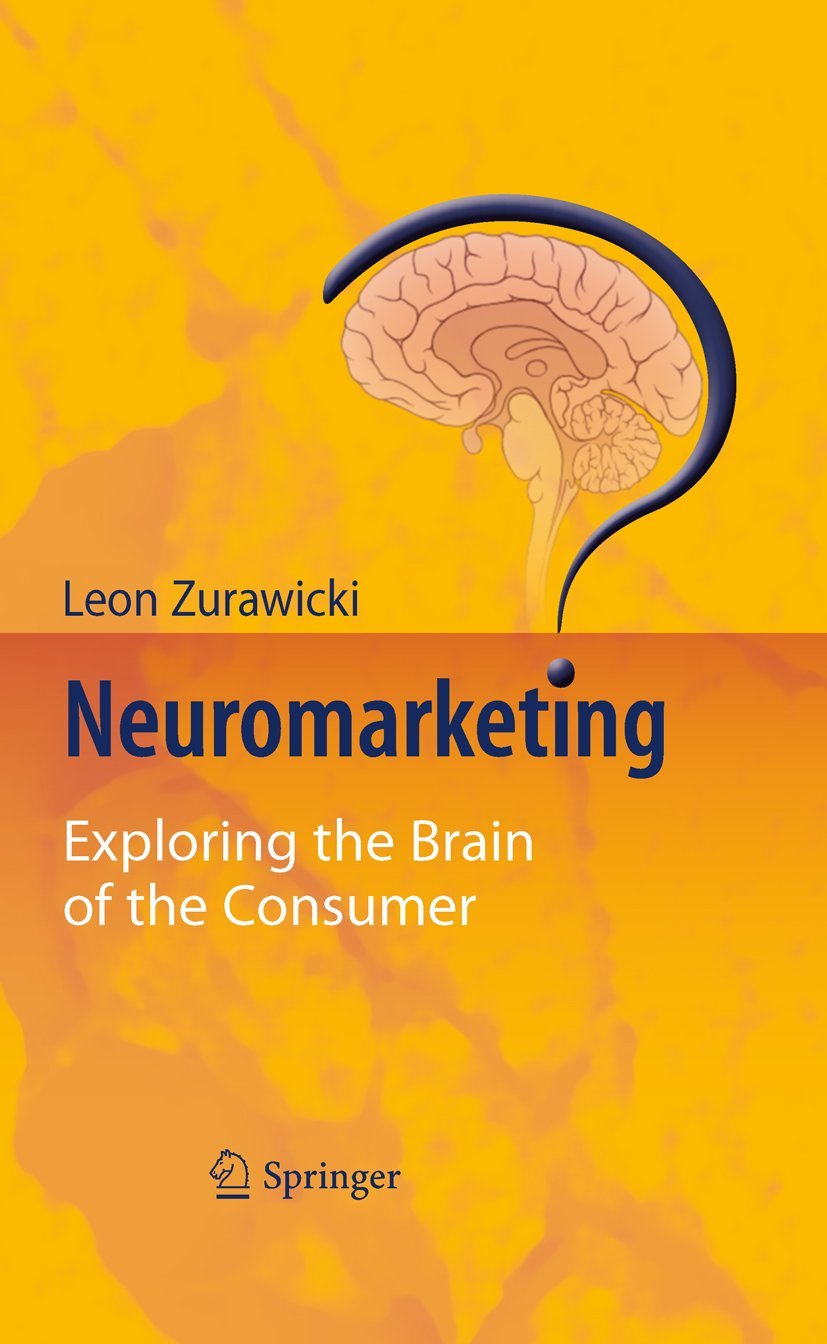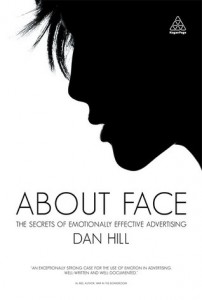Neuromarketing and Beer
 Over the last recent years, neuromarketing studies have presented various positive results concerning the effects of different advertising materials exposed to consumers and the effects they have on their brains.
Over the last recent years, neuromarketing studies have presented various positive results concerning the effects of different advertising materials exposed to consumers and the effects they have on their brains.Heineken is one of the companies that combined traditional qualitative research with neuroscience and biometric techniques to test its TV ads in order to have a full picture of the consumer’s emotional experience.
An ad they tested in 2011 centred on a group of men in a bar, all using their mobile phones instead of talking – the punchline is that they’re all sending picture messages to each other.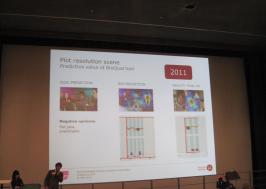

Electroencephalography (EEG), skin conductivity measurement and eye-tracking were used to measure how relevant viewers felt the ad was to them, how excited they were by it, and what areas of the screen they looked at while the ad played. The results suggested that the ad wasn’t working as well as Heineken had hoped. By using these results as the basis for qual discussions, the company was able to understand why.
The idea of people using their phones in a bar scored well for relevancy because people recognized the situation, but the qualitative research revealed that this wasn’t seen as a good thing. Eye-tracking showed that the bottle labels needed to be more visible to keep people’s attention, and the punchline at the end had no relevance. This research was conducted by Prof. Rafal Ohme (Walnut Group) in order to emphasize the differences between what people say and what they think. Heineken concluded that the negative feelings at the end of the ad didn’t so much reflect viewers’ feelings about the brand as they reflected disappointment in the ad itself. So that particular ad never aired.
The idea of people using their phones in a bar scored well for relevancy because people recognized the situation, but the qualitative research revealed that this wasn’t seen as a good thing. Eye-tracking showed that the bottle labels needed to be more visible to keep people’s attention, and the punchline at the end had no relevance. This research was conducted by Prof. Rafal Ohme (Walnut Group) in order to emphasize the differences between what people say and what they think. Heineken concluded that the negative feelings at the end of the ad didn’t so much reflect viewers’ feelings about the brand as they reflected disappointment in the ad itself. So that particular ad never aired.

Case Study – research conducted by Neurensics
Also, Martin de Munnik and Prof. Dr. Victor Lamme (from Neurensics – neuromarketing agency) conducted research on Heineked packaging, using their tools (3D Brain Rating and 3D Brain Mapping) and esults were presented at the first Neuromarketing World Forum.
So neuromarketing techniques can be used at an early stage in the creative process (storyboards can be used as well as filmed ads), so that it can be deployed before big investments are made.
So neuromarketing techniques can be used at an early stage in the creative process (storyboards can be used as well as filmed ads), so that it can be deployed before big investments are made.
